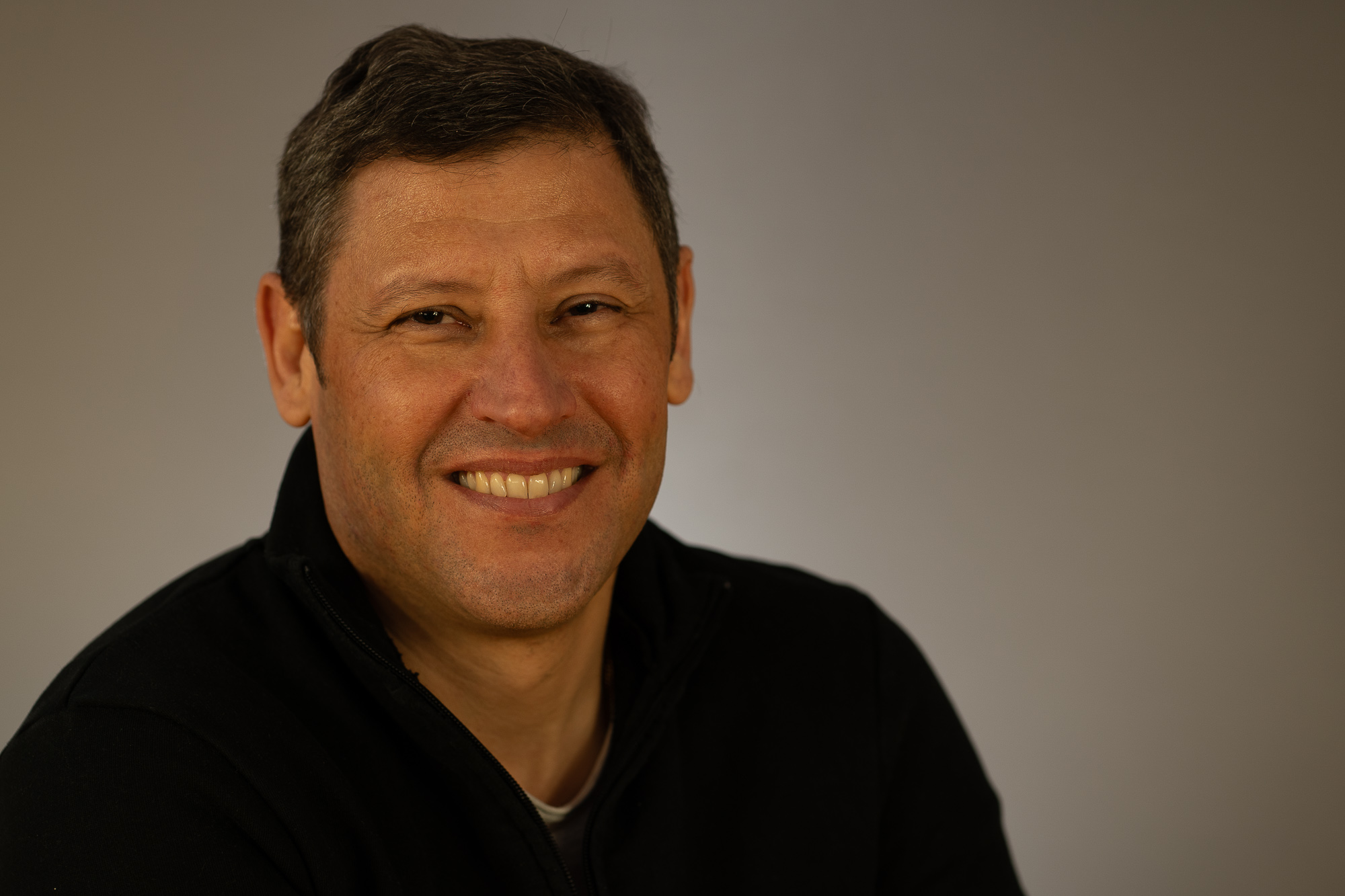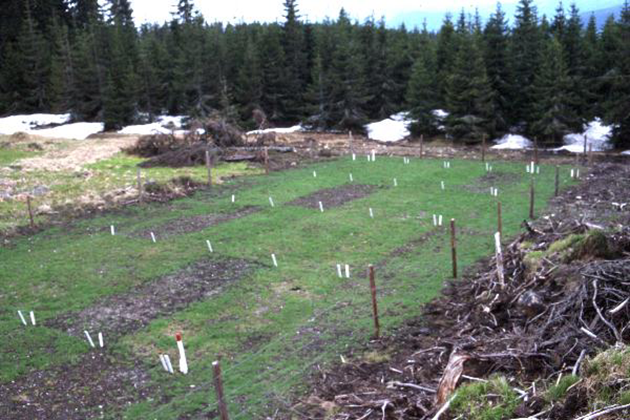As part of the dissertation “Grassland restoration success – Comparison of initial and long-term evaluation” by Dr. Schaumberger Silke, new surveys were carried out 14 and 16 years later on the area, which was now regularly used as summer pasture, and compared with the original results.
Question
We investigated the long-term endurance and yield capacity of different seed mixtures and the influence of additional liming during the establishment of a montane pasture under acidic site conditions during a forest-pasture separation process from 1998 to 2001 in Styria, Austria.
methodology
Two plots (with and without one-time additional liming) were created, each with four seed variants (without seeds, commercial, site-adapted and site-specific mixtures), and all plots were fertilized annually during the trial period from 1998 to 2002. Vegetation surveys and forage analyzes on the development of the vegetation cover, the endurance of the sown species as well as quality and yield parameters were carried out again in 2014 and 2016; Soil samples were taken in 2015.
Results
After the end of regular fertilization in 2002, the analyzed soil parameters fell to a level that was sufficient for grassland, but rather low. The pH value decreased again over time, but was still significantly higher on the limed areas (p = .0034). The one-time liming during the experimental setup also resulted in better long-term performance in almost all vegetation, quality and yield parameters. The site-specific seed mixture performed best for most of the parameters examined both with and without liming. Among the sown species, the local species Agrostis capillaris , Festuca rubra agg . and Trifolium repens with and without liming are best. All vegetation and yield parameters examined fell far short of their 2001 results and their potential.
Conclusions
The use of site-specific seed mixtures supports the establishment of productive grassland on special locations. The long-term results also make it clear that low-input management such as liming at intervals of several years can help to significantly improve acidic site and growth conditions and thus significantly increase the sustainability of cost-intensive forest-pasture separations under similar conditions.

The results were published (chargeable)
Schaumberger, S.; Krautzer, B.; Graiss, W. and Pötsch , EM (2020): Long-term sustainability of wood-pasture separation processes—A matter of seed mixtures and management. Grass and Forage Science 75 (3), 303-315.
team

Dr. Silke Schaumberger
Acquisition
Dr. Bernhard Krautzer
Institute management for crop production and cultural landscape
Dr. Wilhelm Graiss
Head of department
Univ.Doz. Dr. Erich M. Pötsch
former research assistantSimilar projects
2747: Salvere
Near-natural grassland as a resource to improve biodiversity
2009 - 2011, Krautzer Bernhard
2922: Alpine pasture
Creation and sustainable management of alpine pastures after forest-pasture separation
1998 - 2003, Krautzer Bernhard






